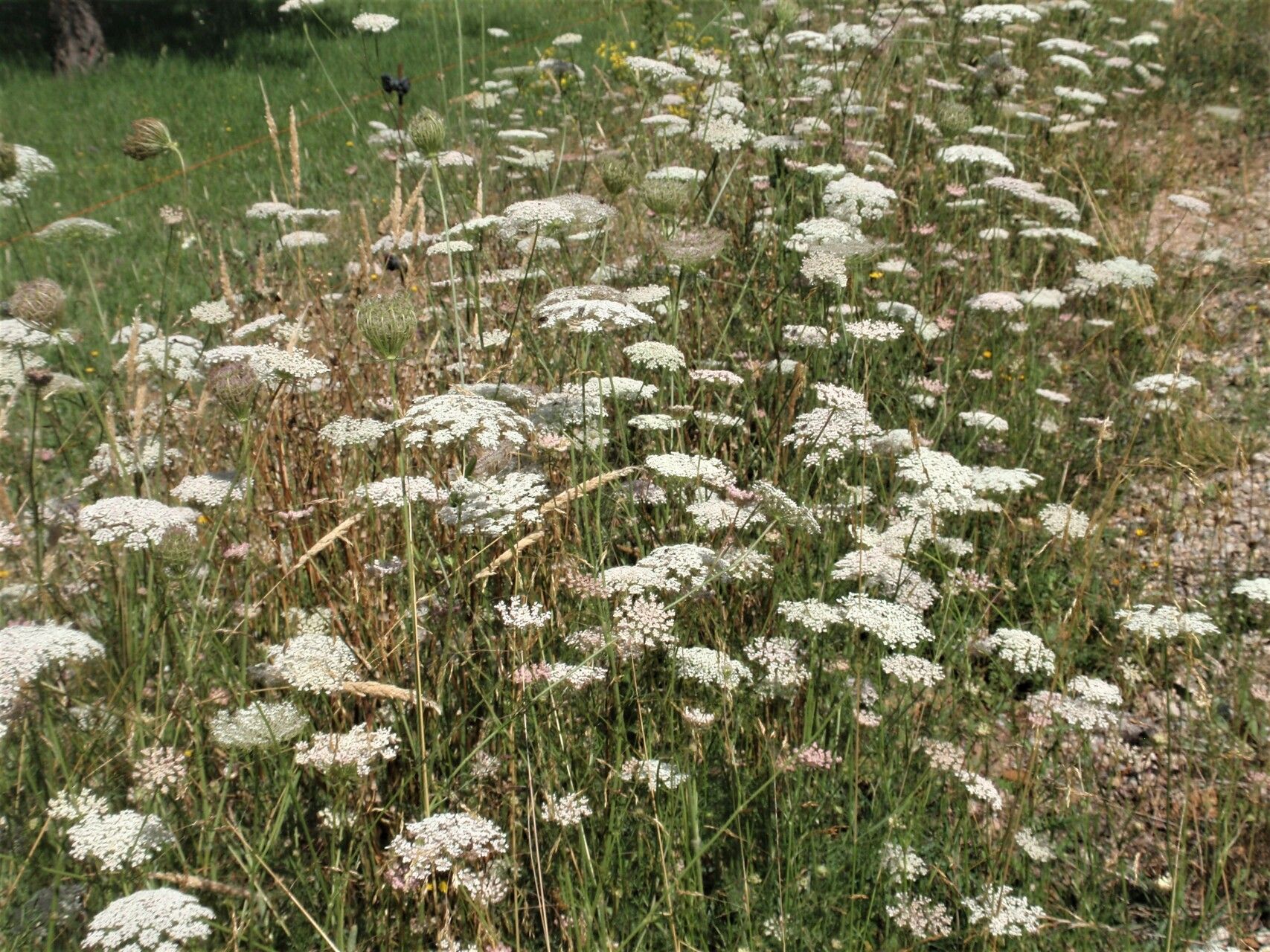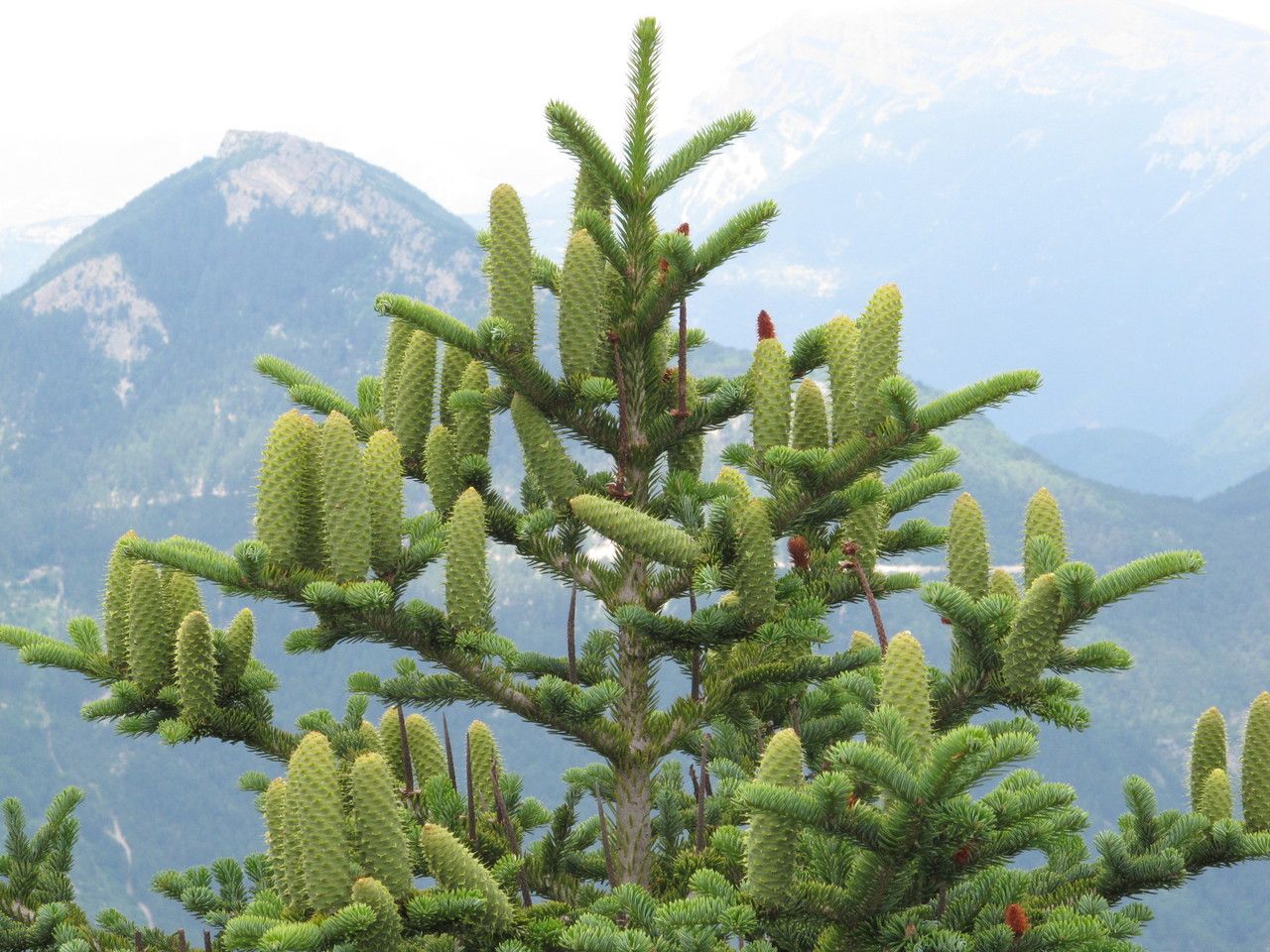## Australian Pine: A Comprehensive Guide
The Australian Pine, scientifically known as *Casuarina equisetifolia*, is a captivating evergreen tree often mistaken for a true pine (family Pinaceae). Despite its name, it belongs to the Casuarinaceae family. Its unique, needle-like foliage and adaptability to harsh conditions have made it a popular choice for landscaping, particularly in coastal areas worldwide. However, this popularity has also led to concerns about its invasive nature in certain regions.
### Habitat and Growth
Native to Australia, the Australian Pine thrives in coastal environments, tolerating salty air, sandy soils, and strong winds. It displays remarkable adaptability, successfully growing in various soil types, though it prefers well-drained conditions. It's a fast-growing tree, reaching heights of up to 30 meters (100 feet), making it a striking presence in the landscape.
### Sun Exposure and Soil Needs
Australian Pines are sun-worshippers, requiring full sun exposure (at least 6-8 hours of direct sunlight daily) for optimal growth. They are tolerant of poor, sandy soils, but will perform better with well-drained soil that is slightly acidic to neutral in pH. Avoid heavy clay soils that retain excessive moisture, which can lead to root rot.
### Care and Maintenance
While relatively low-maintenance, Australian Pines benefit from occasional watering, especially during dry periods, particularly when young. Established trees are remarkably drought-tolerant. Regular pruning is generally not necessary, unless you need to remove dead or diseased branches. However, mindful pruning can be helpful in shaping and maintaining the tree's form.
### Controversial Nature: Invasive Species Concerns
The Australian Pine's rapid growth and prolific seed production have made it a highly successful colonizer in many parts of the world. This adaptability, while appreciated in some contexts, has led to it being classified as an invasive species in several regions. Its aggressive growth can outcompete native vegetation, disrupting ecosystems and reducing biodiversity. Before planting an Australian Pine, it is crucial to research its status in your specific region and ensure it is not prohibited.
### Identification
The Australian Pine is easily recognizable by its slender, drooping branches that resemble horsetails. The needle-like leaves are actually modified stems, and the bark is rough and reddish-brown. Male and female flowers are borne on separate trees, with the female trees producing woody, cone-like fruits that contain numerous small seeds.
### Conclusion
The Australian Pine offers a unique aesthetic and adaptability, making it a desirable plant for many. However, awareness of its potential to become invasive is crucial. Research local regulations and consider native alternatives before planting, thereby contributing to the preservation of biodiversity.
Australian Pine: Complete Guide & Care Tips

Frequently Asked Questions
How to care for an Australian Pine tree?
Australian Pines are relatively low-maintenance. Ensure full sun exposure, well-drained soil, and occasional watering, especially when young or during dry spells. Pruning is generally unnecessary except to remove dead or diseased branches.
Is Australian Pine invasive?
Yes, in many areas, the Australian Pine is considered an invasive species due to its rapid growth and prolific seed production. It can outcompete native plants and disrupt ecosystems. Check your local regulations before planting.


